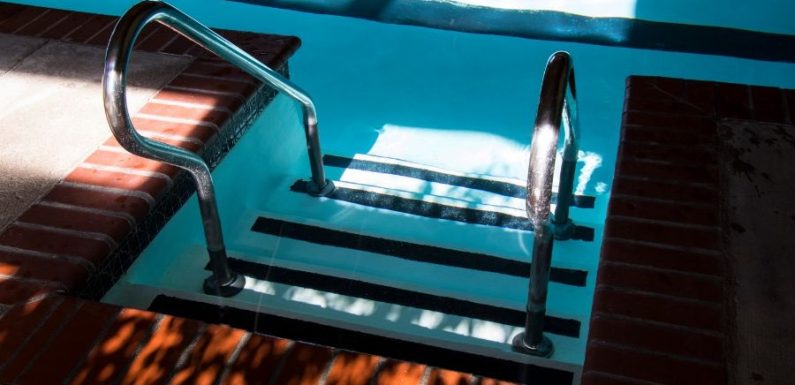
Texture is a key component of pool design that contributes to both functional safety and aesthetic appeal. The surface of a pool can have a big impact on how it looks and feels to use. Homeowners can improve the aesthetics of their outdoor areas and make swimming safer by using different textured materials. This article explores the various textured surfaces that can be used for pool design and their advantages.
The Importance of Textured Surfaces
For a number of reasons, textured surfaces are crucial when designing pools. Above all, they produce an eye-catching focal point that grabs attention and gives the pool area personality. Although sleek and contemporary, smooth surfaces frequently give off a cold, unwelcoming vibe. On the other hand, textured materials can create a more organic and natural sense, which will help the pool fit in with the surrounding scenery. Moreover, textured surfaces are very beneficial for improving safety.
Popular Textured Materials
A pool area’s appearance and feel can be changed by utilising the distinctive textures of various materials. For example, natural stone is still a popular choice since it has an earthy appearance. Slate, flagstone, and travertine are some examples of these stones. These materials are perfect for coping stones and surrounding patios since they are not only aesthetically pleasing but also naturally non-slip when wet. Stamped concrete is another well-liked choice; it offers countless pattern options and can resemble stone or tile. Homeowners can elegantly personalise their pool area while guaranteeing a sufficiently rough surface for safety by utilising a variety of patterns and colours. Choosing the best planned pool construction Huntsville is a nice idea here.
Innovative Surface Finishes
Recently, novel surface treatments that improve texture and safety have become popular. Aggregate finishes, which add tiny stones or pebbles to concrete, create a rougher texture that reduces skidding and looks great. Glass bead coatings are also becoming more popular due to their reflectivity and aesthetics. They reduce night-time glare and brighten pools throughout the day. These treatments enhance pool design and experience by retaining surface purity and vibrancy.
Incorporating Texture into Pool Design
Think about texture’s visual and practical effects when designing a pool. The pool’s textured surfaces must match the lighting, furnishings, and plants to create a tranquil outdoor space. Contrasting textures like rough stone and smooth tiles can also keep the visual experience interesting. Textured surfaces should be accessible to old, children, and disabled users. Designing and using the right materials can produce a warm, safe pool that everyone will adore.
Conclusion
Textured surfaces make pools look good and protect users. Homeowners can experiment with materials and finishing techniques to create a welcome and integrated refuge. In conclusion, choosing the right pool textures improves its aesthetics and makes swimming with friends and family safer and more enjoyable. Texture-first pool design creates a beautifully balanced area that blends form and function.








